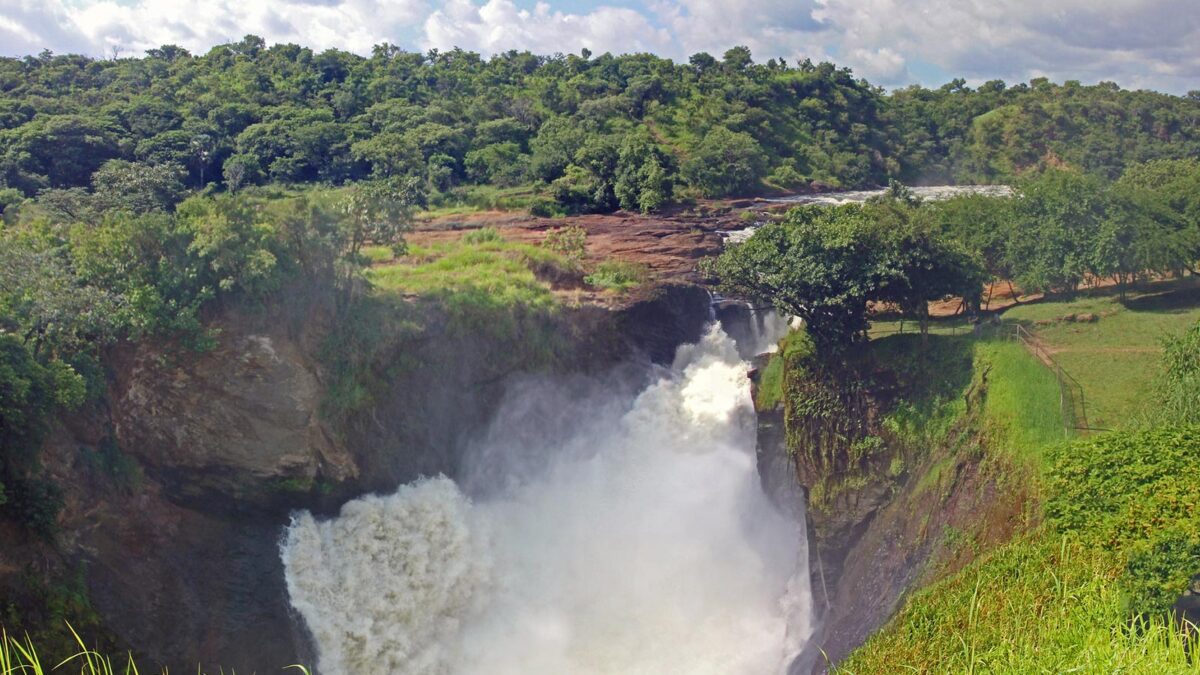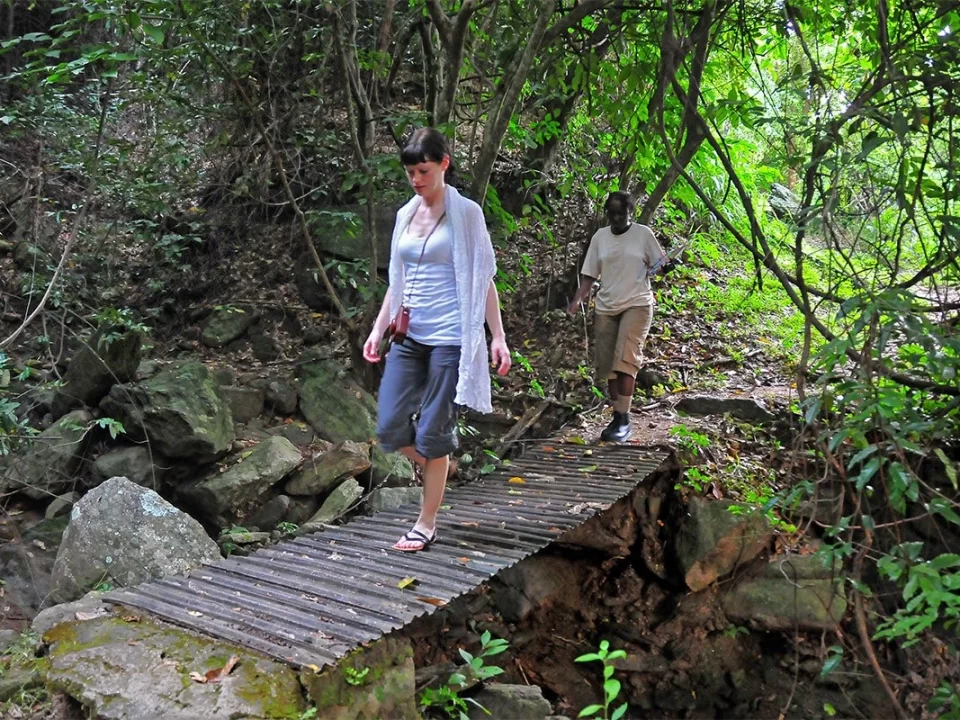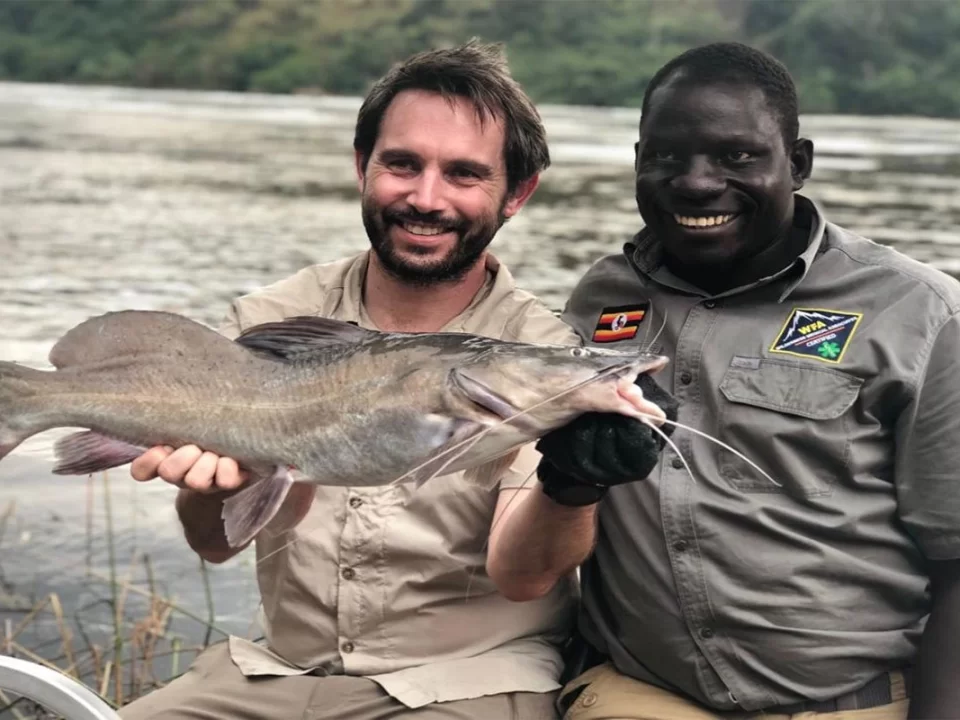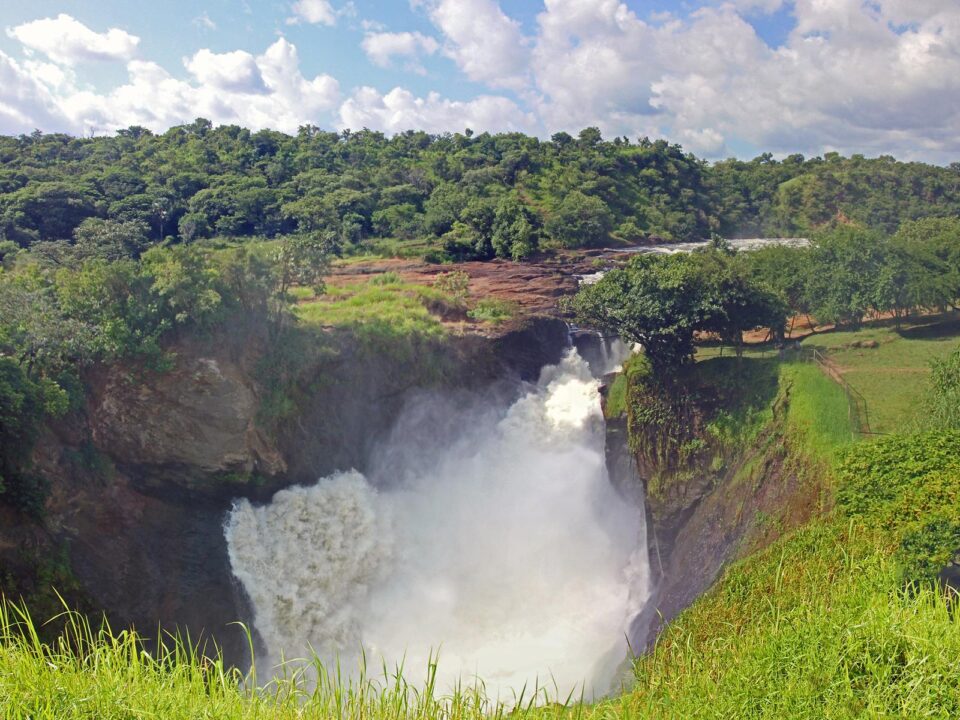Which part of Uganda is Murchison falls?

My First Gorilla Tracking Experience in Uganda
December 28, 2023
What makes up the cost of a safari?
December 28, 2023Unveiling the Geographic Enigma: Where is Murchison Falls in Uganda? – Unraveling the District Hosting Murchison Falls National Park
Delving into the geographical mystique, the question arises: Which part of Uganda houses the renowned Murchison Falls? Situated in the north-western expanse of Uganda, Murchison Falls National Park stands as a bastion of conservation overseen by the Uganda Wildlife Authority. Encompassing the Victoria Nile’s shoreline and extending inland from Lake Albert to the captivating Karuma Falls, this protected area forms the expansive Murchison Falls Conservation Area, complemented by the adjacent Bugungu Wildlife Reserve (748 square kilometres) and Karuma Wildlife Reserve (720 square kilometres).
Location Unveiled
Murchison Falls National Park spans multiple Ugandan districts, including Buliisa, Nwoya, Kiryandongo, and Masindi. For those navigating from Masindi, the closest significant town, the distance to the National Park is approximately 78 kilometres. Positioned about 302 kilometres north-west of Kampala, Uganda’s capital and largest city, the park unfolds a landscape steeped in natural allure.
Historical Echoes
The historical tapestry of Murchison Falls Conservation Area dates back to 1862 when European explorers John Speke and James Grant first set foot in this realm. Samuel and Florence Baker further enriched its narrative during their comprehensive exploration in 1863–1864. Baker bestowed the name Murchison Falls upon the cascading waters, a tribute to geologist Roderick Murchison, the then-president of the Royal Geographical Society.
In the early 20th century, the region witnessed a mass evacuation, displacing residents across 13,000 square kilometres due to the menace of sleeping sickness spread by tse-tse flies. The establishment of the Bunyoro Game Reserve in 1910, followed by its expansion north of the River Nile in 1928, set the stage for the eventual declaration of Murchison Falls National Park in 1952 under the National Parks Act of Uganda.
Wildlife Marvels
The biodiversity within Murchison Falls Conservation Area and the Bugondo Forest Reserve is a testament to nature’s richness. Boasting 76 mammal species, including Uganda’s largest Nile Crocodile population, and a staggering 450 bird species, the park is a haven for wildlife enthusiasts. The avian spectrum includes the elusive Shoebill stork, Budongo’s “restricted range” species, the majestic Goliath heron, white-thighed hornbill, and the resplendent great blue Turaco. Recognized as a Lion Conservation Unit since 2005, the protected area unfolds diverse wildlife vistas, with elephants, giraffes, buffaloes, hippos, Nile crocodiles, and aquatic birds gracing the riverbanks and lake.
Majestic Waterfalls and Scenic Drama
Bisected by the Victoria Nile, the park takes on a dual persona, creating a north and south sector. The Nile, cascading over the remnant rift valley wall, culminates in the breathtaking Murchison Falls—a spectacle where the river plunges 40 metres, concluding its turbulent journey in an 80-kilometre stretch of rapids. This dramatic display transforms the once-mighty river into a serene stream, gently flowing across the rift valley floor into Lake Albert.
This stretch of the river serves as a theater for wildlife encounters, with elephants, giraffes, and buffaloes gracing the riverbanks, while hippos, Nile crocodiles, and aquatic birds claim residence in the lake. The allure of Murchison Falls National Park unveils itself, promising a lifetime of extraordinary experiences.
Journeying to Murchison Falls National Park
Embarking on the adventure from Uganda’s capital, Kampala, the road trip to Murchison Falls National Park spans approximately 305 kilometres northwest. The estimated travel time of 5-6 hours promises an exploration of diverse landscapes en route to the captivating Murchison Falls National Park, a treasure trove of natural wonders.




